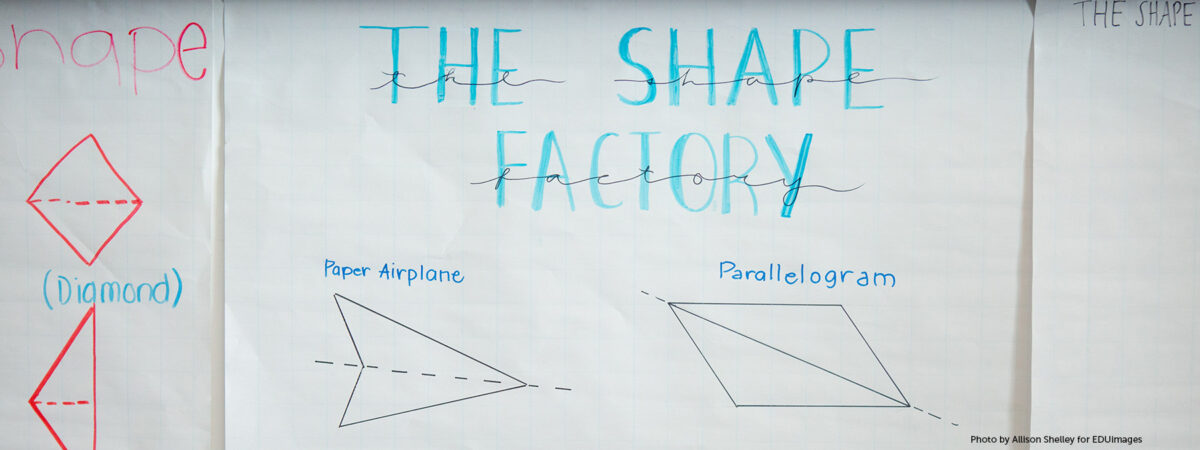
Imagine a classroom where diversity isn’t just about who learners are but how they perceive and interact with mathematics. Some students, like those with strong visual-spatial skills, effortlessly “map the stars,” understanding complex geometric relationships at a glance. Others may struggle to navigate the language of math problems that incorporate verbose instructions or implicit social contexts. This varied landscape underscores the need for tailored educational approaches.
Autistic learners often display remarkable abilities in visual-spatial reasoning. For instance, they might excel in tasks that require the visualization of complex shapes or the rapid identification of patterns—skills that are highly advantageous in fields such as architecture, engineering, science, and graphic design. According to Wei’s research, these students perform these tasks significantly faster and with greater accuracy than their general education peers, suggesting a rich reservoir of untapped potential.
However, learners with exceptional visual-spatial abilities can sometimes face challenges processing verbal and social cues within math problems. For instance, word problems that blend mathematics with everyday scenarios can pose significant hurdles. Furthermore, autistic students reported a lower level of persistence than their non-autistic, general education peers. Effective support involves not only leveraging strengths but also addressing these challenges through targeted strategies.
Educators can use four effective strategies to bridge the gap between autistic learners’ abilities and math curriculum:
Our study underscores the need to rethink math education to accommodate the learner variability of autistic learners. By aligning teaching methods with learners’ natural strengths and areas for growth, educators can create learning environments that not only enhance understanding but also foster confidence and social skills.
Sign up for our newsletter to stay updated learning sciences research at Digital Promise.